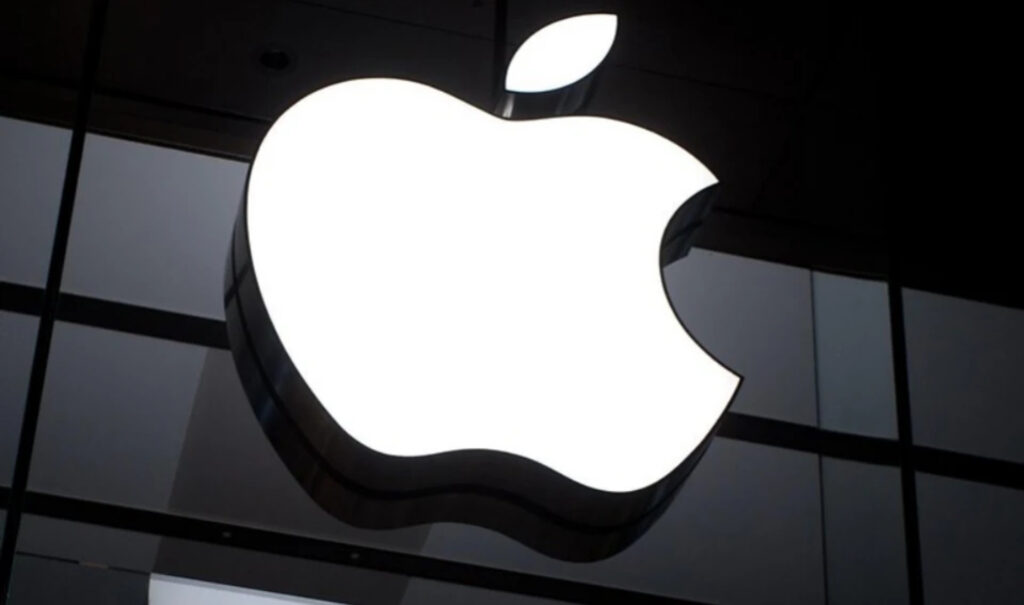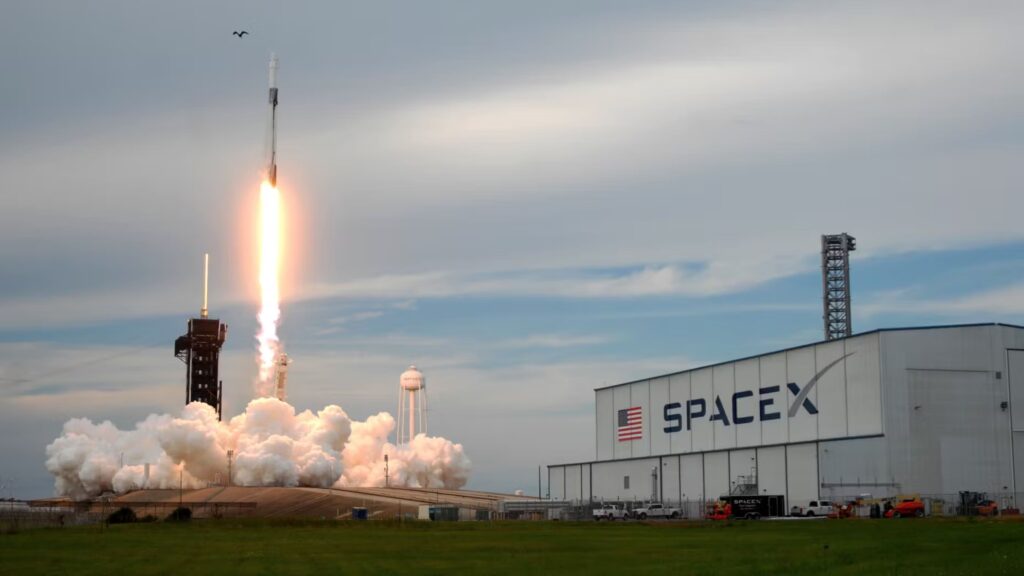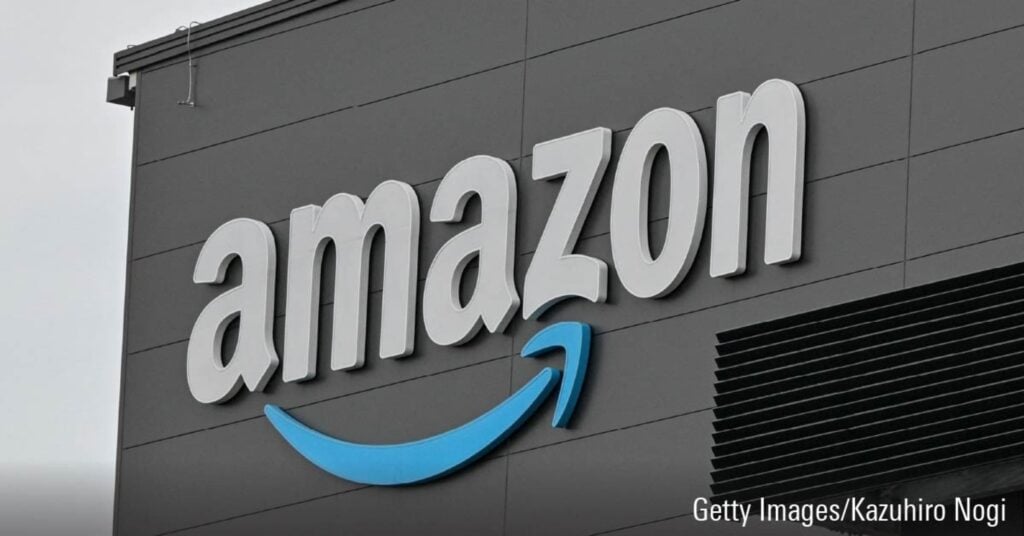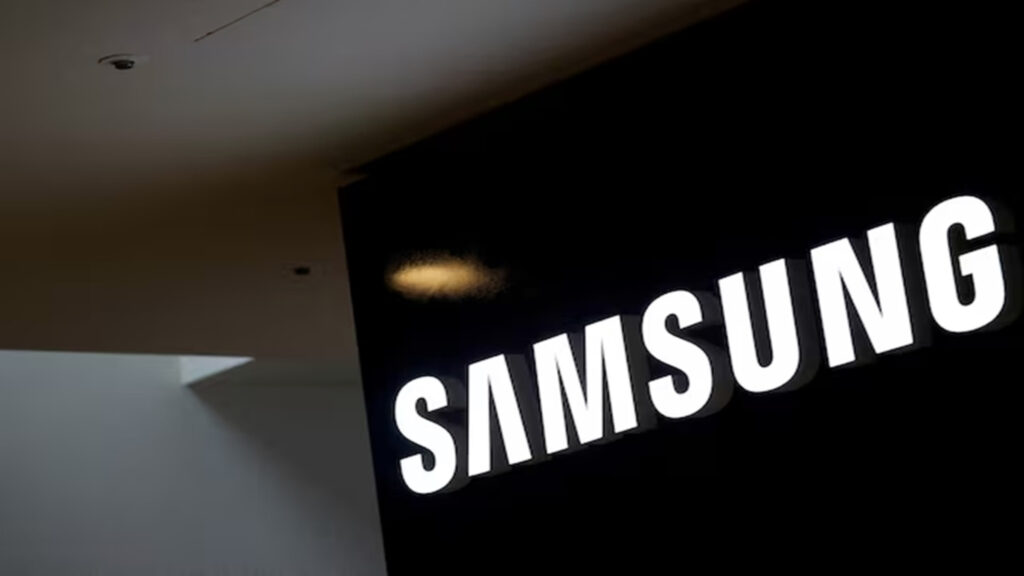
The manufacturing world in 2025 is changing fast. New tools like AI, IoT, and robots are driving this change. These tools make factories work better, raising productivity by 30%. About 93% of companies say AI is key to growing. Smart factories are growing big, worth $321.98 billion by 2032. They are changing how things are made and shipped, including the way companies that manufacture products operate. From improving work to bringing jobs back, these ideas set new standards. This is the start of a tech-powered factory revolution.
Key Takeaways
Tesla uses solar and wind power in its factories. This helps lower pollution and supports clean energy use.
Siemens improves factory work with digital twins and smart tools. These tools share data quickly and predict problems to save money.
Apple uses smart robots and good designs to make better products. They also work hard to cut greenhouse gas pollution.
General Electric (GE) uses 3D printing to make strong, light parts. They also focus on clean energy ideas.
BYD makes electric cars and stores energy with new batteries. Their technology helps create a cleaner and greener world.
1. Tesla — Leading the Way in Green Manufacturing
New Ideas in Electric Cars and Clean Energy
In 2025, Tesla is a top name in innovation. They’ve changed the electric car market, making EVs a must-have. Tesla doesn’t just focus on cars; they also work on clean energy. They’ve made solar panels and the Powerwall to power homes. These tools help people use less fossil fuel and more green energy.
Tesla’s Gigafactories show how they lead in green manufacturing. These huge factories run on solar and wind power. This cuts carbon emissions and sets a new example for factories. Tesla also works on better batteries that last longer and are easier to recycle.
If you want to see the future of energy and transport, watch Tesla. They don’t just make products; they aim to make the planet better for everyone.
Smart Machines and AI in Factories
Tesla uses AI and smart machines in their factories. They’ve added AI to almost every part of making cars. For example:
AI systems make assembly lines faster and more efficient.
Robotic arms with AI do many tasks with great accuracy.
AI checks cars for problems, ensuring top quality.
These tools make factories faster and smarter. AI also predicts machine problems, cutting breakdowns by 30%. This saves time and money, which helps customers too.
Tesla doesn’t stop with factory AI. They use it for self-driving cars and even robots. By pushing AI limits, Tesla inspires other companies to follow.
In 2025, Tesla is more than a car company. It’s a tech leader, a green pioneer, and proof of what’s possible with big ideas.
2. Siemens — Changing How Smart Factories Work

Leading in Digital Twins and Industry 4.0
Siemens is a big name in smart manufacturing for 2025. They use digital twins, which are virtual copies of real machines. These copies help factories run better by showing problems early. Siemens uses them to plan factory layouts that save time and money. This makes factories work faster and cost less to operate.
Industry 4.0 is all about using data to improve factories. Siemens is leading this trend and showing others how it’s done. Many small and medium companies started using digital twins by 2023. This shows how important these tools are for staying ahead.
Siemens also mixes digital twins with AI to predict problems. This helps factories fix issues before they happen. It saves money and keeps everything running smoothly. That’s why Siemens is known for making smart factories better.
IoT Makes Factories Smarter
Siemens doesn’t stop with digital twins. They also use IoT, which connects machines to share data. This makes factories work like a team, improving efficiency.
Here’s what IoT can do:
It cuts downtime by 30% with real-time updates.
Maintenance schedules are smarter, boosting productivity.
Energy use drops by up to 30%, saving costs.
IoT lets machines “talk” to each other about their health and work. Siemens uses this to make factories greener and cheaper to run. It’s not just about speed; it’s about helping the planet too.
In 2025, Siemens leads in smart factory technology. Their focus on digital twins, IoT, and AI makes them stand out. If you want to see the future of manufacturing, Siemens is the company to watch.
3. Apple — Changing How Consumer Electronics Are Made

Smart Robots and Careful Engineering
Apple is known for being creative, and 2025 is no different. Their factories use smart robots to make work faster and better. These robots are not just tools; they are changing the game.
Apple works with UBTech, a company that makes humanoid robots, and Foxconn, their factory partner. Together, they use the Walker S1 robot for jobs like checking product quality and putting parts together. These robots don’t just lift heavy things; they also think, see, and move well.
What It Does | Details |
|---|---|
Partnership | UBTech and Foxconn work with Apple on robots. |
Robot Type | Walker S1 checks quality and helps with assembly. |
Focus | Robots lift, move, and make smart decisions. |
Apple’s robots are only part of the story. Careful engineering makes sure every product is top quality. From iPhones to MacBooks, Apple’s designs are sleek and precise. These new tools make factories work better, with fewer mistakes and more products made.
Caring for the Planet
Apple isn’t just about cool gadgets; they care about the Earth too. By 2025, they’ve made big changes to help the environment.
Apple cut greenhouse gas emissions by over 60% since 2015.
In 2024, they avoided 41 million tons of CO₂, like removing 9 million cars.
Their Clean Energy Program saved 21.8 million tons of CO₂ in 2024.
Energy-saving steps cut 57 million kilowatt-hours of power use.
Suppliers reduced 8.4 million tons of harmful gases in 2024.
Apple wants to be 100% carbon neutral by 2030. They use recycled materials and energy-saving methods in their factories. Smart tools like IoT help them use resources wisely.
When you think of Apple, think of more than just gadgets. In 2025, they’re leading in smart factories and helping the planet too.
4. General Electric (GE) — Leading in Industrial Innovation

3D Printing Expertise
GE is a leader in 3D printing technology. This method is changing how things are made. GE uses it to create parts that are lighter and stronger. These parts also work better and last longer.
For example, GE makes jet engine fuel nozzles with 3D printing. These nozzles are five times tougher than older ones. They are also 25% lighter, which saves fuel. This helps both the planet and the aviation industry.
GE doesn’t stop at small parts. They use 3D printing for bigger items too. Industries like healthcare and energy benefit from these innovations. GE’s work shows how they stay ahead in manufacturing trends.
Green Energy and Smarter Solutions
GE focuses on making the planet healthier. Their green technologies are changing the energy world. One great example is their Digital Wind Farm.
GE’s Digital Wind Farm is a smart wind energy system. It combines top turbines with digital tools. This boosts energy production by up to 20%. It could add $50 billion in value to the wind industry.
The system uses IoT to make renewable energy more flexible. It helps connect renewable power to the grid better.
GE’s work isn’t just about wind turbines. They use IoT to make renewable energy smarter. They also create energy-saving solutions for factories. This reduces waste and lowers costs.
By mixing automation, IoT, and Industry 4.0, GE is changing energy and manufacturing. If you want to see the future, GE is leading the way.
5. Toyota — Leading in Smart and Green Manufacturing

New Ideas in Hybrid and Hydrogen Cars
Toyota is famous for hybrid and hydrogen-powered cars. The Prius is a well-known hybrid they’ve made for years. In 2025, they’re improving with the hydrogen-powered Mirai. This car shows what clean transportation can look like.
Here’s why Toyota’s hydrogen tech is special:
The Mirai is powerful and eco-friendly, proving hydrogen works as fuel.
Toyota made safer fuel tanks that hold more hydrogen for longer trips.
They’re lowering costs by using less expensive materials in fuel cells.
Toyota isn’t just making cars; they’re setting global hydrogen standards. They want these cars to work everywhere and gain people’s trust. They’re also building hydrogen stations to make refueling easy.
By mixing innovation with real-world use, Toyota is shaping the future. Their hybrid and hydrogen cars show how tech can help the planet.
Cleaner and Smarter Factories
Toyota is changing how factories work to help the environment. They aim for zero emissions in their manufacturing process.
Toyota uses IoT to track and save energy in factories. Machines share data to work better and waste less. This has cut energy use by 30% in some places.
Here’s what Toyota is doing to help:
They use solar and wind power in their factories.
Heat from machines is reused to lower emissions.
Robots do repetitive jobs carefully, reducing mistakes and waste.
Toyota’s lean manufacturing cuts waste and adds value. This fits their zero-emission goals perfectly. By using IoT, robots, and green energy, they show that being efficient can also be eco-friendly.
When you think of Toyota, think beyond cars. They’re leading in smart factories and showing how to innovate responsibly.
6. SpaceX — Changing How Rockets Are Made

Rockets You Can Use Again and Save Money
SpaceX has changed rocket building and space travel forever. Before, rockets were used once, making space trips very costly. Now, with reusable rockets, they can be launched many times, saving lots of money.
Here’s how reusable rockets help:
What It Does | How It Helps |
|---|---|
Saves Money | Using a booster 10 times saves $46 million per launch. |
Lower Costs to Orbit | Costs dropped from $10,000/kg to $2,500/kg with reusable rockets. |
NASA Benefits | NASA saved $500 million using Falcon 9 for Crew Dragon launches. |
More Launches | Over 90 launches in 2023, up from fewer than 20 before. |
Cheaper Repairs | Fixing a Falcon 9 booster costs just 10% of a new rocket. |
Reusable rockets don’t just save money—they make space travel quicker. Imagine launching a rocket, landing it, and reusing it in weeks. That’s the kind of change SpaceX has brought to space travel.
Stronger Rockets with Smart Technology
SpaceX doesn’t stop at reusing rockets. They use special materials and smart tools to make rockets better and safer.
Here’s what makes their process special:
Non-destructive testing (NDT): They use X-rays and sound waves to find tiny flaws in parts. This keeps rockets safe during flights.
Real-time monitoring: Rockets are tracked live during flights. Afterward, data is studied to fix problems and improve launches.
Material testing: SpaceX checks materials to handle heat and pressure. This is key for engines and reusable parts.
These methods show how SpaceX uses smart ideas and careful work. By mixing new technology with precision, they’ve set a high bar for rocket making.
SpaceX isn’t just about rockets; they’re shaping the future of space travel. From launching satellites to planning Mars trips, they show how smart manufacturing can change the world.
7. Amazon — Leading the Way in Automation

Robots and AI in Warehouses
Amazon has changed how warehouses work with robots and AI. Ever wonder how your package arrives so fast? It’s because of their smart technology. Robots now bring items to workers, so they don’t walk far. This change cut order times from 75 minutes to 15 minutes. It’s like turning a long walk into a short run.
Amazon’s warehouses are also growing and improving. With robots, they’ve added 50% more storage space. This helps them keep more products ready for customers. Operating costs have dropped by 20% in two years. That’s good for Amazon and keeps prices lower for you.
Amazon is testing new robots with AI and cameras. These robots move through tight spaces and carry big items. It’s like having a helper that knows exactly what to do.
Smarter Delivery and Supply Chains
Amazon’s supply chain is full of smart ideas. They use digital tools to make deliveries faster and better. Studies show their tech focus makes them more efficient than others.
One cool tool they use is IoT. It connects devices to track packages in real time. You can see where your order is anytime. IoT also finds the best delivery routes, saving time and fuel. It’s not just fast—it’s smart and eco-friendly.
Amazon is also trying drones and self-driving vehicles for deliveries. Imagine a drone dropping off your package—how awesome is that? These ideas show how Amazon stays ahead by mixing tech and creativity.
In 2025, Amazon isn’t just a store. It’s a leader in using automation and IoT to change logistics. Their focus on new ideas keeps them ahead, making sure you get what you need quickly.
8. Samsung — Leading in Semiconductor Manufacturing

Advanced Chip Making and Design
Samsung is a top name in making semiconductors. Their Exynos 2600 chip uses a special 2nm GAA process. This makes chips faster and use less energy. Even though only 30% of chips made this way are perfect, it shows Samsung’s drive to improve.
Samsung also keeps their factories super clean. Tiny dirt can ruin chips, so they use UHP gases. These special gases keep chips high-quality. Every step, like etching and lithography, is checked to avoid mistakes.
By spending a lot on research, Samsung stays ahead of rivals like TSMC. They’re not just making chips—they’re changing the industry.
Big Moves in AI and Quantum Tech
Samsung isn’t stopping with chips. They’re working on AI and quantum computing too. They teamed up with IonQ to make quantum chips. These chips could make devices smarter and faster.
AI helps Samsung’s factories work better. Machines can now spot problems before they happen. This makes production faster and more efficient.
Samsung is also making semiconductors for cars. These chips help with smart dashboards and driving systems. This shows Samsung is ready for the future.
The quantum tech market will grow 38% by 2028. Samsung’s work in AI and quantum tech isn’t just about keeping up—it’s about leading the way.
9. Yansourcing — Helping Businesses Find Building Materials

Easy Ways to Get Building Materials
Yansourcing makes finding building materials simple and quick. Whether you’re new or experienced, they can help. With over 10 years of experience, they connect you to reliable suppliers in China and Asia. They offer items like furniture, lighting, marble, tiles, and custom doors or windows.
What makes Yansourcing special is how they meet your needs. If you need a unique design or size, they’ll find the right maker for you. Their team ensures you get great materials at good prices, saving time and money.
Yansourcing also uses new technology to stay ahead. They use 3D printing to make prototypes faster and more accurate. This helps turn your ideas into real products without stress.
Choosing Yansourcing means more than just buying materials. You get a partner who knows manufacturing and helps your projects succeed.
Checking Quality and Smart Shipping
Yansourcing doesn’t just find products—they make sure they’re high quality. They check every item carefully before it gets to you. Using tools like tracking codes and RFID, they ensure you get exactly what you ordered.
For items needing special care, like temperature-sensitive goods, Yansourcing uses cold-chain systems to keep them fresh. Their shipping process is also very organized. They focus on storing and delivering materials on time, every time.
Here’s what they offer for shipping:
Careful checks to keep quality high.
Live tracking for clear updates.
Safe handling of private information.
Yansourcing uses smart tools and automation to make everything easier. This saves money and keeps your projects on track.
In 2025, Yansourcing is a top choice for sourcing and shipping. Their focus on new ideas and customer success makes them trusted worldwide.
10. BYD — Leading in Electric Vehicles and Batteries

Success in EVs and Battery Production
BYD is a big name in electric vehicles (EVs) and batteries. In 2022, they sold 1.86 million new energy vehicles. That’s almost three times more than in 2021! This shows how fast BYD is growing in the EV market.
Their battery production is also impressive. By late 2022, they made over 135 GWh of batteries. This makes them a leader in powering the future with advanced technology. Their earnings prove their success. From ¥127.7 billion in 2019 to ¥602.3 billion in 2023, BYD’s growth matches the rising demand for EVs and batteries.
In Q3 2024, BYD earned 201.12 billion yuan ($28.2 billion), up 24% from 2023. Their profit also rose by 11.47%, reaching 11.6 billion yuan ($1.63 billion). These numbers show how their focus on innovation is paying off.
BYD now holds over 40% of the plug-in hybrid electric vehicle (PHEV) market. Their international sales grew by 32.6% in Q3 2024. This proves BYD is not just a local leader but a global one in EVs and batteries.
New Ideas in Energy Storage
BYD isn’t just about EVs—they’re changing energy storage too. Their advanced batteries help homes, businesses, and cities store energy better. This is important as solar and wind power become more popular.
One of their best inventions is the Blade Battery. It’s safer, lasts longer, and works better than older batteries. It’s also thinner, saving space while giving more power. This makes it great for EVs and energy storage systems.
BYD’s energy storage systems are already helping. They’re used in big projects to make power grids stable and cut fossil fuel use. These systems are building a cleaner, greener future.
By using smart tools and advanced methods, BYD is setting new standards in energy storage. Their focus on new ideas keeps them ahead in this fast-growing field.
Conclusion
The 10 best companies in 2025 are changing manufacturing. They’re not just making products better—they’re using new ideas and smart tools. These companies lead with technology, automation, and eco-friendly methods. They show how solving problems can drive progress.
There’s much to learn from their success stories. Tesla’s focus on clean energy and Yansourcing’s smart sourcing are great examples. These companies prove that using new technology and adapting to change is key to staying ahead.
Want to grow and succeed? Watch these companies closely. Their smart strategies can help you improve and keep up in a fast-changing world.
FAQ
1. What makes these companies special in manufacturing?
These companies use advanced tools like AI, IoT, and robots. They focus on being eco-friendly, working smarter, and helping customers. Their ability to change and lead makes them stand out.
2. How does Yansourcing make sourcing easier for businesses?
Yansourcing finds trusted suppliers and handles quality checks and shipping. They make sure you get great building materials at good prices without any trouble.
3. Why is Tesla a leader in green manufacturing?
Tesla uses clean energy and eco-friendly ways to make products. Their Gigafactories run on solar and wind power, and their EVs and batteries cut pollution.
4. Can small businesses use these new ideas?
Yes! Many of these companies offer solutions for small businesses. For example, Yansourcing helps startups find materials, and Siemens’ IoT tools improve factories for all sizes.
5. How do these companies help the planet?
They focus on reducing pollution, using green energy, and making eco-friendly products. Companies like BYD and Apple lead with clean energy and carbon-free goals.

